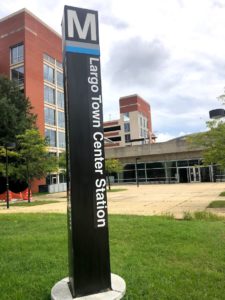
Category: Prince George’s County
RISE Prince George’s Platform 2022
Summary of platform:
Full platform:
RISE Prince George’s Holiday Happy Hour
December 13, 2021, 6-8 pm
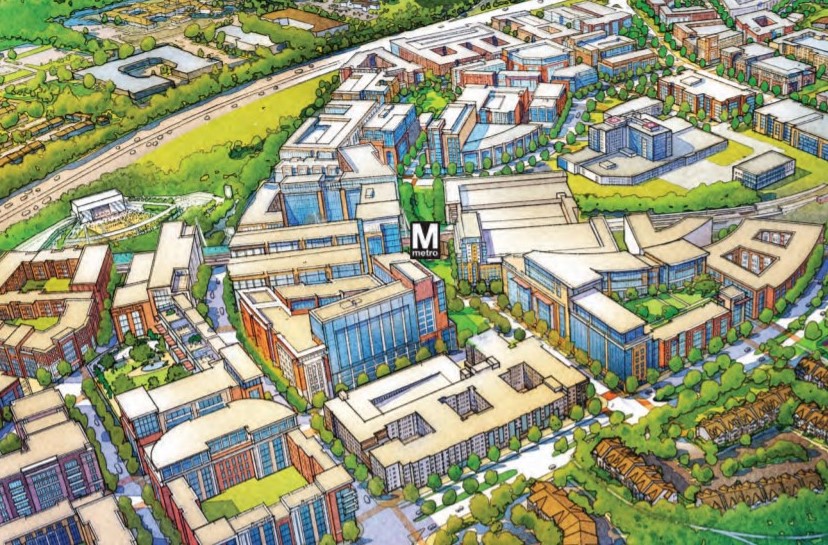
Let’s get together (outdoors) to celebrate and look forward to the upcoming election year!
Join us on December 13 from 6:00-8:00 pm to celebrate our year of work together and look to next year — which is an election year! We’ll hear from the new Hyattsville Mayor Kevin “Scooter” Ward and other presenters who can speak to our past, present, and future of creating dynamic gathering spaces (Downtowns), more affordable housing, and innovative transportation for everyone who lives, works, and plays in Prince George’s County.
WHEN: Monday, December 13, 6:00-8:00pm
WHERE: Town Center Market – outdoor patio (with some heaters)
4705 Queensbury Road | Riverdale, MD 20737
Transit Directions: The market is located directly adjacent to the Riverdale MARC Station but is also just a short last-mile connection (walk, bike, or bus) from the Prince George’s Plaza Metro Station
First 30 people get a free drink!

Celebrate a year promoting our agenda of a shared, sustainable prosperity by creating safe, walkable, inclusive and transit-oriented communities.
Learn from community leaders, including Hyattsville Mayor Kevin “Scooter” Ward
Launch the RISE Prince George’s election platform to educate candidates and the public about how to build a better Prince George’s. Learn about how you can be part of winning support from our future elected officials to build a more sustainable, prosperous and inclusive County.
Learn more about RISE Prince George’s here.
Photo: Mayor Kevin “Scooter” Ward, City of Hyattsville, MD
COVID-19 precautions: we encourage everyone to be fully vaccinated. This event is held outside, so bundle up! RISE Prince George’s does not endorse or work on behalf of candidates, or express any view for or against any candidate.

Better Buses for Prince George’s
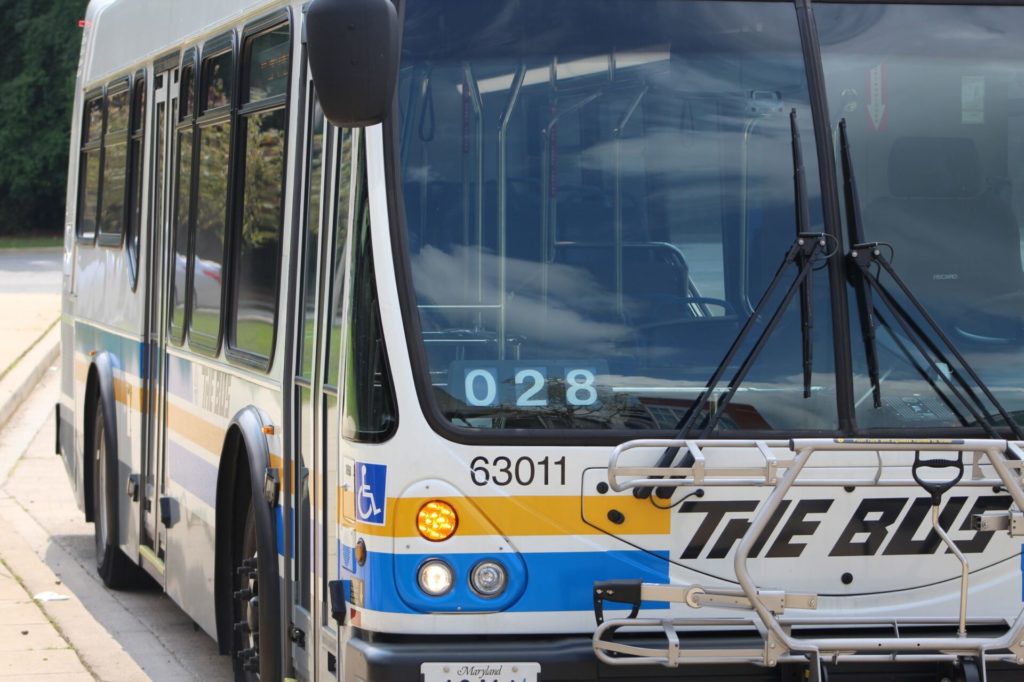
On July 20, 2021, local and regional bus experts, along with stakeholders discussed where we are and where we want to be with Prince George’s bus service.
View the event recording on YouTube.
Speaker presentations:
Anthony Foster, Chief, Transit Planning, Prince George’s County Department of Public Works & Transportation
James Hamre, Director, Office of Bus Planning and Scheduling, Washington Metropolitan Area Transit Authority
John Hillegass, Manager, Regional Mobility & Infrastructure, Greater Washington Partnership
This event was co-sponsored by: RISE Prince George’s, Coalition for Smarter Growth, and MetroNow.

RISE Prince George’s 5/18/21 event with Angie Rodgers
On May 18, 2021, RISE Prince George’s convened a virtual event to discuss the future of housing & economic development in the County. The talk was titled: “We can’t have quality economic development without affordable housing: so how do we get it all?” with:
Angie Rodgers, Prince George’s Deputy Chief Administrative Officer for Economic Development, and Scott Nordheimer, Co-Founder and Senior Advisor, Urban Atlantic (lead developer at the New Carrollton Metro Station)
View the recording of the event on Youtube.
Take the survey: Please answer this brief survey to let us know more about what you want from RISE Prince George’s.
RISE Prince George’s event with Angie Rodgers – Materials
RISE Prince George’s PPT discussion of mission statement and advocacy theme
New Carrollton Station vision https://greaterwashingtonpartnership.com/capital-region-rail-vision/
Housing Opportunities for All Work Group https://pgccouncil.us/628/Housing-Opportunities-For-All-Work-Group
Housing Indicator Tool: A Dashboard for Measuring Progress Towards Meeting Regional Housing Needs
Missing Middle Housing study: to begin in FY22

RISE Prince George’s
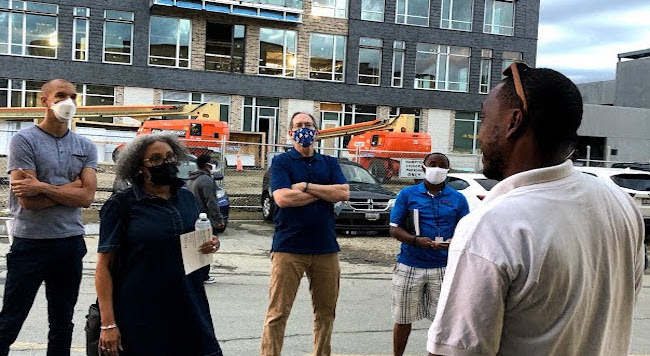
RISE Prince George’s Platform 2022
On December 13, 2021, we launched our RISE Prince George’s election platform to educate candidates and the public about how to build a better Prince George’s. We will be working with constituents and allies to reaching out to candidates targeted County Council and General Assembly races to build support with our future elected officials to build a more sustainable, prosperous and inclusive County.
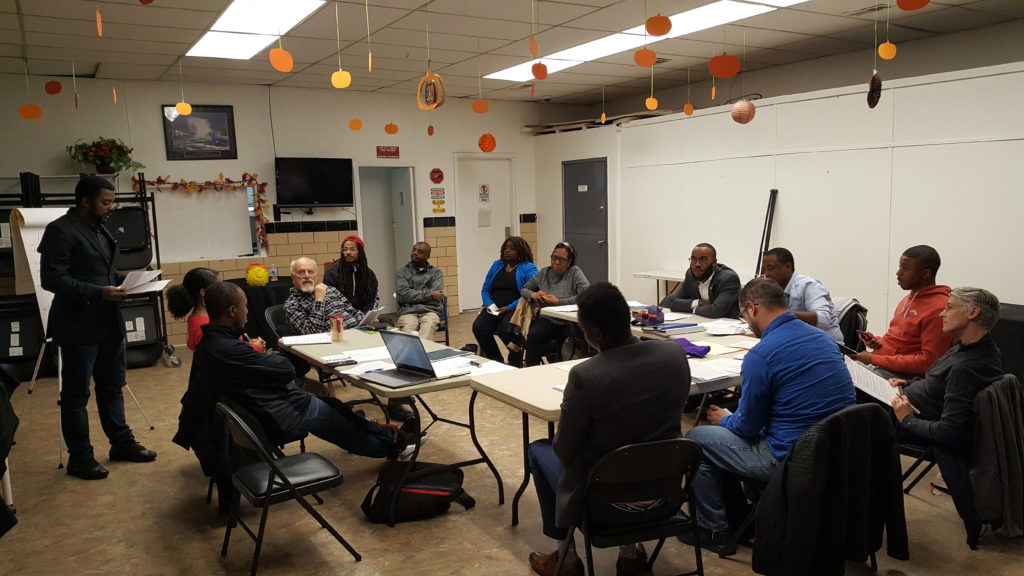
Mission Statement: RISE Prince George’s is a group of County residents and allies advocating for policies and practices that build shared, sustainable prosperity in Prince George’s County by creating safe, walkable, inclusive and transit-oriented communities.
Vision: We seek to build a prosperous, equitable and sustainable future Prince George’s that contains:
- Multiple thriving transit-focused downtowns (North, Central, and Southern parts of the County)
- Inclusive, safe, and connected neighborhoods and municipalities
- Preserved open spaces and natural areas
Assumptions: With 15 Metro stations, another 11 Purple Line stations on the way, and 8 MARC stations, the County’s transit assets are THE competitive advantage – for promoting future job growth, local economic development, and generating needed increases in the County’s tax base. Prince George’s also has the benefit of planning for a future which currently forecasts increased job growth, demand to live near transit, and the need for more homes near jobs and transit.
Objective: Through developing a strategy for shared prosperity and equitable development that is generated from and advocated by and for Prince Georgians (and their allies), we can create a virtuous cycle of economic growth which retains homegrown talent and businesses, attracts new investment, and improves both people and places – especially those historically excluded from wealth and opportunity.
Equitable economic development through transit-oriented development (TOD) will create the base of public and private resources that are necessary to support high-performing schools, community-oriented public safety services, increasing the amount of high-quality housing for people of all incomes close to jobs and essential services, as well as better employment, entrepreneurship, retail amenities, and wealth-building opportunities for all County residents.
How RISE Prince George’s will accomplish its vision: We will work with our members to educate, engage and mobilize for a policy agenda that reshapes policy and budget priorities to build on the County’s assets – transit, established communities, and the kinds of anchor institutions which drive job creation and economic growth.
We meet regularly (every 4-6 weeks), host programming (both virtual and, eventually, in-person) to educate/engage our members, and, in turn, formulate action plans for specific policy change campaigns.
Summary of potential long-term policy agenda:
- Win equitable placemaking and transit-oriented development projects that begin to demonstrate what an inclusive walkable urban and smart growth future in Prince George’s could look like
- Win land use and housing policy changes to sustainably grow the economy, livability, community benefits and equity of opportunity among residents
- Win key transportation investments and policies to greatly improve the quality, safety, affordability and reliability of public transportation and access to daily needs, especially for low income people and communities
We embrace the Prince George’s Rising proposed county-wide Alliance for Equity and Prosperity, and see our group contributing to it, specifically focused on the TOD organizing strategy for equity.
CSG Comments on Prince George’s Climate Action Plan
Recommended Transportation & Land Use GHG Mitigation Strategies, April 2021
